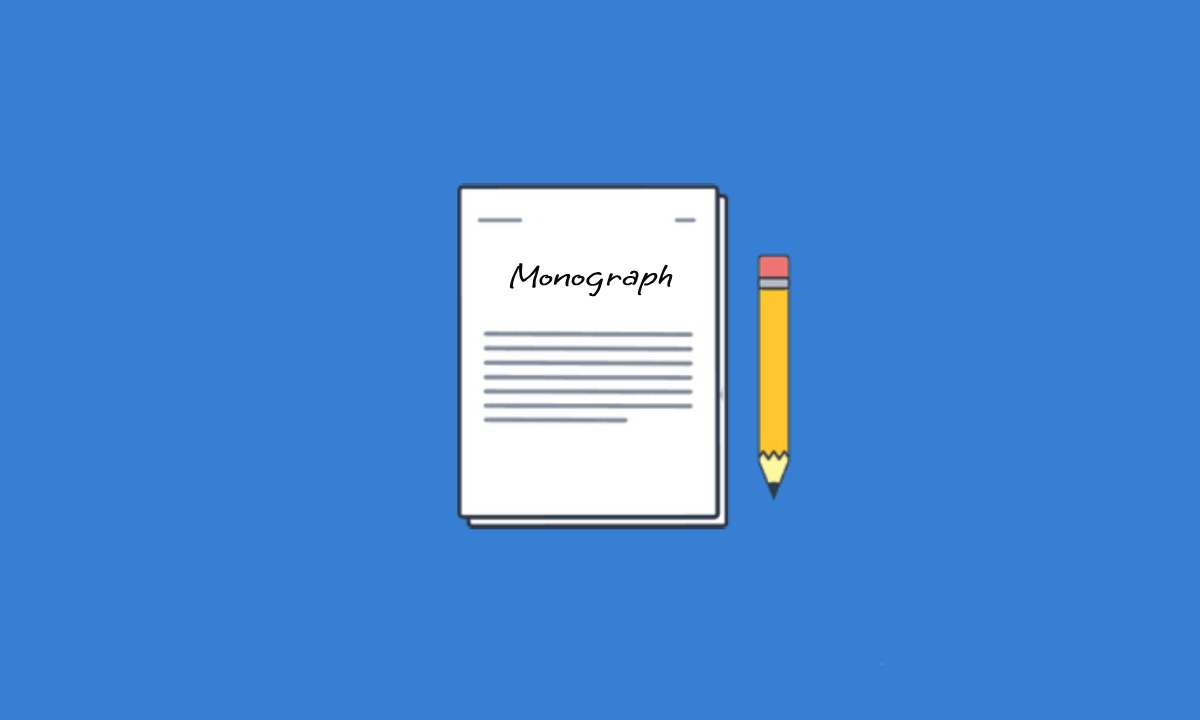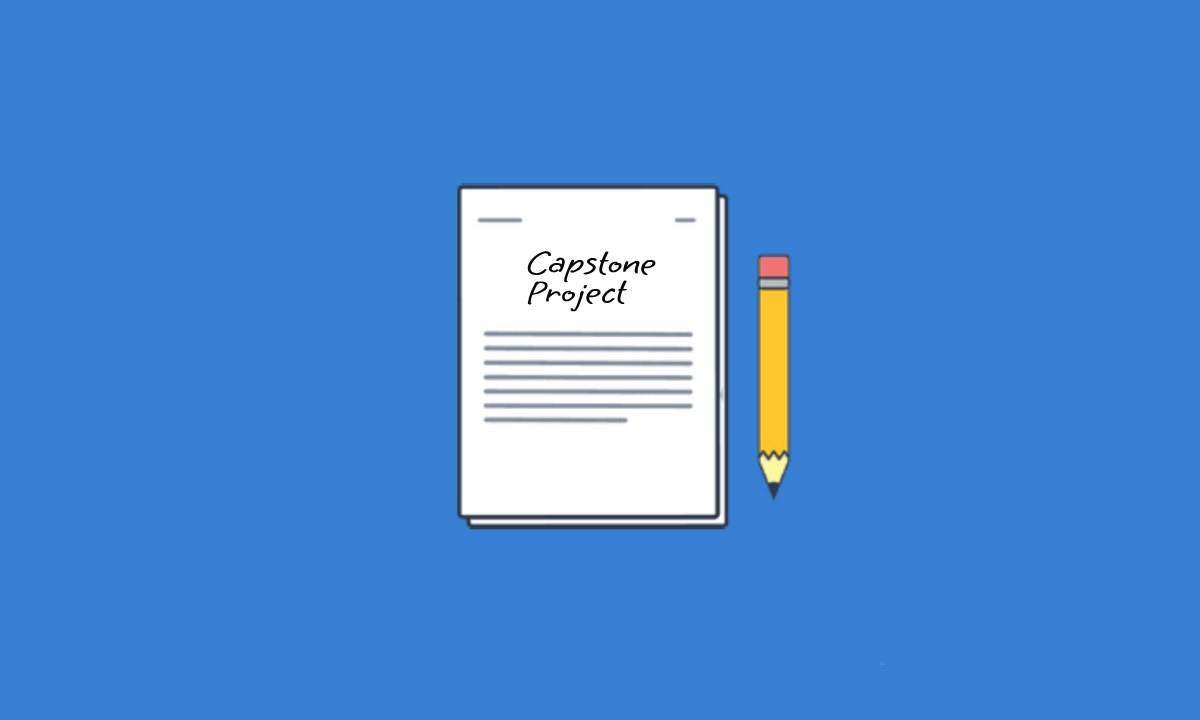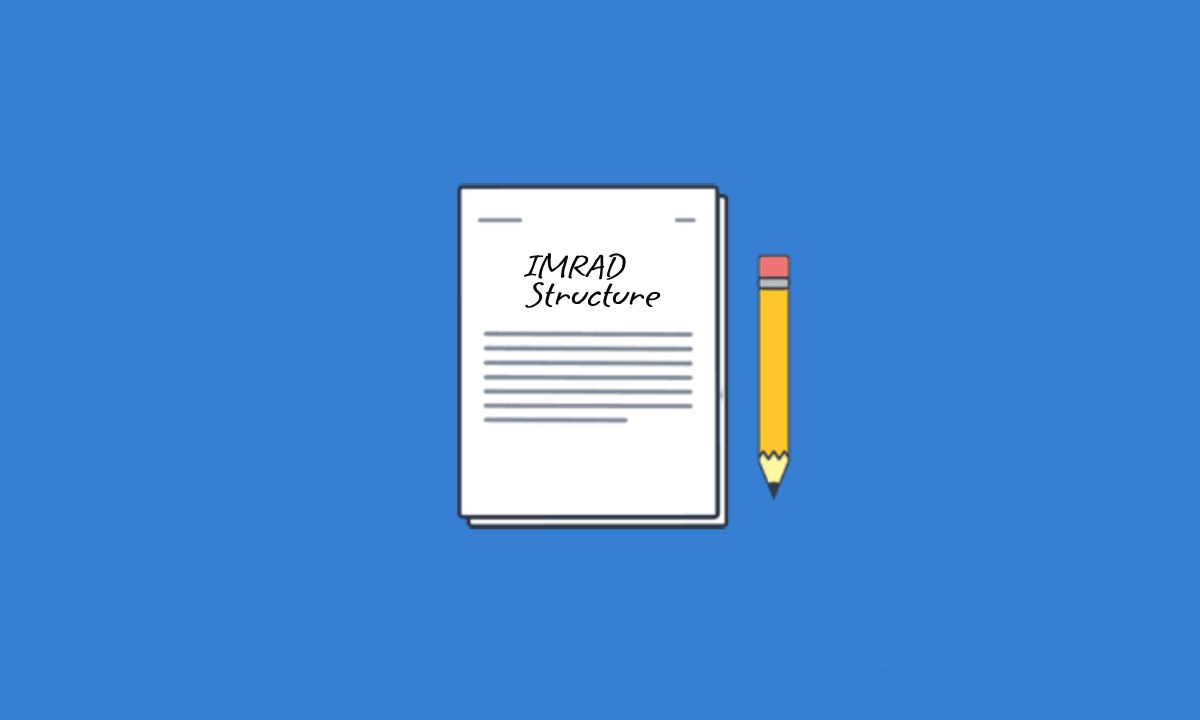What is a Monograph?
A monograph is a detailed written study or essay on a specific subject, usually in the form of a book. It typically focuses on a single topic, providing comprehensive coverage and analysis. Monographs are common in academic and research settings, where scholars delve deeply into a particular subject matter, presenting original research findings, interpretations, or critiques. They are often used to disseminate scholarly work and contribute to the existing body of knowledge in a field.
Monograph Types:
Below are some common types of monograph.
Research Monograph:
Presents original research findings on a specific topic. It typically includes a thorough literature review, methodology, results, and discussion sections.
Historical Monograph:
Examines a particular period, event, or aspect of history in detail. It may involve archival research, analysis of primary sources, and interpretation of historical events.
Biographical Monograph:
Focuses on the life and achievements of a particular individual. It may explore their personal history, contributions to a field or society, and impact on their contemporaries.
Literary Monograph:
Analyzes a specific literary work, author, genre, or literary movement in depth. It often offers critical insights, interpretations, and cultural context.
Art Monograph:
Explores the life and works of an artist, art movement, or specific artwork. It may include images, descriptions, and analysis of artistic techniques and themes.
Scientific Monograph:
Presents scientific research, theories, or experiments related to a particular field of study. It may include empirical data, mathematical models, and theoretical frameworks.
Philosophical Monograph:
Explores philosophical concepts, theories, or arguments in depth. It may involve critical analysis, logical reasoning, and interdisciplinary perspectives.
Policy Monograph:
Addresses a specific policy issue, providing analysis, recommendations, and implications for decision-makers. It may draw on research, case studies, and expert opinions.
Geographical Monograph:
Examines a specific geographic region, including its physical features, human populations, and cultural characteristics. It may involve fieldwork, mapping, and spatial analysis.
Economic Monograph:
Focuses on economic theories, trends, or issues, providing analysis and insights for economists, policymakers, and practitioners.
These are just a few examples, and there are many other types of monographs tailored to different disciplines, subjects, and research interests.
Monograph Format:
Below are some common elements typically found in most monographs:
Title Page:
Includes the title of the monograph, author’s name, institutional affiliation (if applicable), and publication information such as the publisher and publication date.
Abstract:
Provides a concise summary of the monograph, outlining the purpose, methodology, key findings, and conclusions. It helps readers quickly understand the content of the monograph.
Table of Contents:
Lists the main sections, chapters, and subheadings of the monograph, along with their page numbers. It helps readers navigate the document and locate specific information.
Introduction:
Sets the context for the monograph, introducing the topic, research question or objective, and the significance of the study. It may also provide an overview of the structure and organization of the monograph.
Literature Review:
Surveys relevant literature and research related to the topic of the monograph. It demonstrates the author’s understanding of existing scholarship and provides a foundation for the author’s own research.
Methodology:
Describes the research methods and techniques used in the study, including data collection, analysis, and interpretation procedures. It allows readers to assess the validity and reliability of the study’s findings.
Results:
Presents the findings of the research, often accompanied by tables, figures, or graphs to illustrate key findings. It may also include descriptive and statistical analyses of the data.
Discussion:
Analyzes and interprets the results in relation to the research question or objective. It may discuss implications, limitations, and future research directions.
Conclusion:
Summarizes the main findings of the study and their significance. It may also offer recommendations or suggestions for further research.
References:
Lists all the sources cited in the monograph, following a specific citation style (e.g., APA, MLA, Chicago). It allows readers to locate and verify the sources used in the study.
Appendices:
Includes supplementary materials such as raw data, questionnaires, interview transcripts, or additional analyses that are referenced in the monograph but not included in the main text.
The layout and formatting of a monograph may also include elements such as headers, footers, page numbers, font styles, and spacing, which can vary depending on the publisher’s guidelines or the author’s preferences.
How to Write a Monograph?
Writing a monograph involves a systematic process that includes several key steps. Here’s a general guide on how to write a monograph:
Choose a Topic:
Select a specific topic that interests you and aligns with your expertise or research interests. Consider its relevance, significance, and potential contribution to the existing literature.
Conduct Literature Review:
Review existing literature and research related to your chosen topic. Identify gaps, controversies, or unanswered questions that your monograph could address.
Define Research Questions/Objectives:
Clearly articulate the research questions or objectives that your monograph will address. These should guide your research and provide focus for your writing.
Develop a Research Plan:
Plan your research approach, including the methodology, data collection methods, and analysis techniques you will use. Ensure that your research plan is rigorous and aligned with your research questions.
Gather Data:
Collect relevant data or information to address your research questions. This may involve conducting experiments, surveys, interviews, or analyzing existing data sources.
Organize Your Thoughts:
Create an outline for your monograph, outlining the main sections, chapters, and subheadings. This will provide a roadmap for your writing and help you organize your thoughts logically.
Write the Draft:
Begin writing your monograph, starting with the introduction, literature review, methodology, results, discussion, and conclusion sections. Follow your outline and focus on communicating your ideas clearly and coherently.
Revise and Edit:
Review and revise your draft to improve clarity, coherence, and organization. Pay attention to the flow of ideas, transitions between sections, and the overall structure of the monograph. Edit for grammar, punctuation, and style errors.
Seek Feedback:
Share your draft with colleagues, mentors, or peers for feedback. Consider their suggestions and incorporate constructive criticism to strengthen your monograph.
Finalize Your Monograph:
Make any final revisions or adjustments based on feedback and prepare your monograph for submission or publication. Ensure that all formatting, citations, and references adhere to the required guidelines.
Submit/Publish:
Submit your monograph to the appropriate publisher, academic journal, or institution for review and publication. Follow their submission guidelines and address any reviewer comments or revisions as necessary.
Promote Your Work:
Once your monograph is published, promote it through academic networks, conferences, social media, and other channels to reach your target audience and maximize its impact.
Writing a monograph requires dedication, perseverance, and attention to detail, but it can be a rewarding way to contribute to your field of study and share your research findings with others.
Difference Between a Monograph and a Book
The main difference between a monograph and a book lies in their scope, purpose, and target audience:
Scope and Focus:
A monograph is a scholarly work that meticulously explores a specific subject, topic, or research question in great depth. Its focus is narrow, honing in on a single area of inquiry to provide thorough analysis and comprehensive coverage. By contrast, a book encompasses a broader range of subjects, themes, or narratives. While a book may delve into various aspects of a topic, it typically lacks the intense focus and specialization characteristic of a monograph.
Purpose:
The primary objective of a monograph is to contribute new knowledge, insights, or interpretations to a particular field of study. It serves as a platform for presenting original research findings, theoretical frameworks, or critical analyses to scholars, researchers, and professionals within the discipline. In contrast, books fulfill diverse purposes, ranging from entertainment and education to advocacy and inspiration. They cater to a broader audience, offering something for general readers, enthusiasts, or professionals across different domains.
Target Audience:
Monographs are tailored to an academic audience, including scholars, researchers, students, and professionals with specialized interests in a specific field or discipline. They assume a level of expertise and familiarity with the subject matter, catering to those seeking in-depth exploration and scholarly rigor. On the other hand, books appeal to a wider range of readers, spanning general audiences, hobbyists, enthusiasts, and professionals from diverse backgrounds. They are crafted to engage and inform readers across various interests and knowledge levels.
Length and Depth:
Monographs prioritize depth of analysis and scholarly rigor over breadth of coverage. While they may be shorter in length compared to books, they offer meticulous examination and detailed exploration of their chosen subject. Books, in contrast, vary widely in length and depth, accommodating diverse genres, styles, and purposes. They may encompass a broad spectrum of topics, narratives, or themes, providing readers with a more extensive but less specialized overview of the subject matter.
Publication Format:
Monographs are typically published as standalone works by academic or scholarly presses, often as part of a series or individual volumes. They adhere to rigorous editorial standards and are designed to meet the specific needs of academic communities. Books, however, are published in diverse formats, including hardcover, paperback, e-book, audiobook, or multimedia formats. They may be released by trade publishers, academic presses, independent publishers, or self-published authors, catering to a broad spectrum of readers and preferences.
Below are some frequently asked questions related to monographs:
Who are monographs intended for?
Monographs are primarily intended for scholars, researchers, students, and professionals within a specific academic discipline or field of study. They assume a certain level of background knowledge and expertise in the subject matter, catering to those seeking in-depth exploration and scholarly rigor.
How are monographs published?
Monographs are typically published by academic or scholarly presses, often as standalone works or as part of a series. Authors may submit proposals to publishers, undergo peer review, and work with editors to prepare their manuscripts for publication. Once published, monographs are distributed to libraries, academic institutions, and individuals interested in the subject matter.
Can a monograph be part of a series?
Yes, monographs are often published as part of a series dedicated to a specific topic, theme, or academic discipline. Publishing a monograph as part of a series can provide additional visibility and credibility for the work, as well as opportunities for collaboration with other scholars and researchers.
How should I cite a monograph in my research?
When citing a monograph in your research, you would include the author’s name, title of the monograph, publication information (such as publisher and publication date), and page numbers if referencing specific passages.
Can I repurpose my dissertation or thesis into a monograph?
Yes, it is common for scholars to expand and revise their doctoral dissertations or master’s theses into monographs for publication. However, the process may involve significant revisions to adapt the content and format to meet the expectations of a broader academic audience and publishing standards.
What is the difference between treatise and monograph?
Both treatises and monographs are scholarly works that provide detailed analysis and exposition of a subject, treatises tend to be broader in scope and aim to provide comprehensive coverage, while monographs are more specialized and focused, contributing new insights or knowledge to a specific area of research or scholarship.



